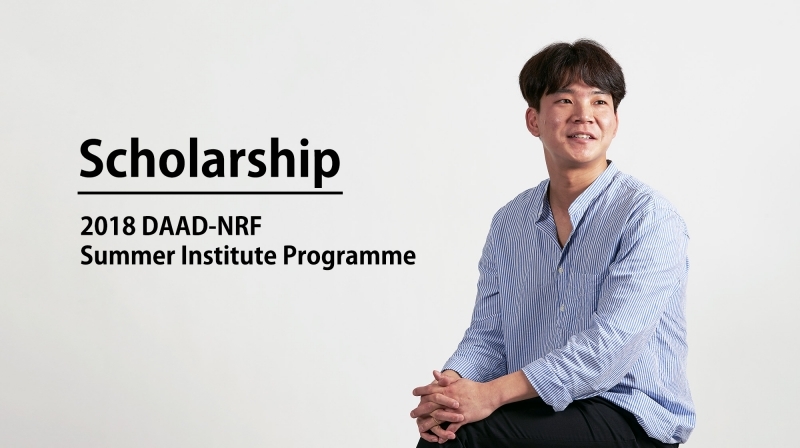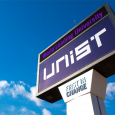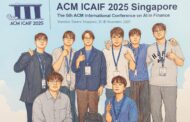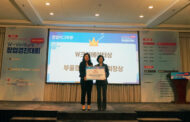A graduate student, Seong Joon Kim in the School of Urban and Environmental Engineering at UNIST has been selected for the 2018 DAAD-NRF Summer Institute Program.
The program starts in early July and will continue through the end of August. As part of this program, Mr. Kim will continue his research on hazardous air pollutants in urban areas at the Helmholtz-Centre for Environmental Research GmbH-UFZ in Leipzig, Germany.
Now in his 5th semester in the Ph.D. program, Mr. Kim has been carrying out a research, which involves collecting and analyzing the ‘Hazardous Air Pollutants (HAPs)’ in urban areas. Among many, volatile organic compounds (VOCs) is his main research interests.
VOCs, together with nitrogen oxides (NOx), contribute to the creation of secondary pollutants involved in the formation of photochemical smog in the atmosphere, such as ozone and other photochemical oxidants. In addition, some of them are toxic and even carcinogenic in high concentrations, such as benzene. Other VOCs, like styrene are classified as a substance, causing a foul odor.
Most of these substances come from a wide variety of industrial solvents, from chemical and pharmaceutical plants, to organic gas emissions from plastic drying processes. For this reason, it has been difficult to pinpoint the exact source. Mr. Kim plans to acquire the know-how to solve such issue at the Helmholtz-Centre for Environmental Research GmbH-UFZ.

Seong Joon Kim in the School of Urban and Environmental Engineering at UNIST.
“We have recently collected and analyzed the VOC concentration level in Seoul, following the previous research on the concentrations of the atmospheric polycyclic aromatic hydrocarbons (PAHs) in Ulsan,” says Mr. Kim. “I am thrilled to have the opportunity to work with Professor Uwe Schlink, who is an expert on estimation of pollution sources.”
Mr. Kim also mentioned that Professor Shirink has proposed to him another research project on estimation of pollution sources, using the atmospheric PAH samples collected from India.
“Isolation of the most useful substances within the atmospheric sample for further study is the most critical and complex step in sample preparation, prior to analysis,” says Kim. “At UNIST, we do direct sampling and preparation for the analysis of VOCs and PAHs and this expertise has been highly valued by Professor Shirink.”
“Professor Shinkl’s team has also self-manufactured a statistical technique for estimating the level of contamination for the areas that lack accurate and reliable atmospheric data,” says Kim. “Researchers use various GIS interpolation methods in Korea. Through this program, I strive to find ways to improve the accuracy of pollution source estimation.”
Meanwhile, the DAAD-NRF Summer Institute Program is an academic support project for master’s and doctoral students. Organized by the German Academic Exchange Service (DAAD) in partnership with the National Research Foundation (NRF), the scholarship program offers students and graduates an opportunity to be trained overseas, thereby creating a foundation for long-term research collaboration. This year, only three students have been selected, including Seong Joon Kim.












